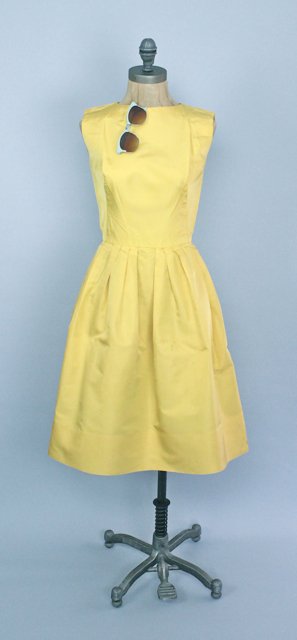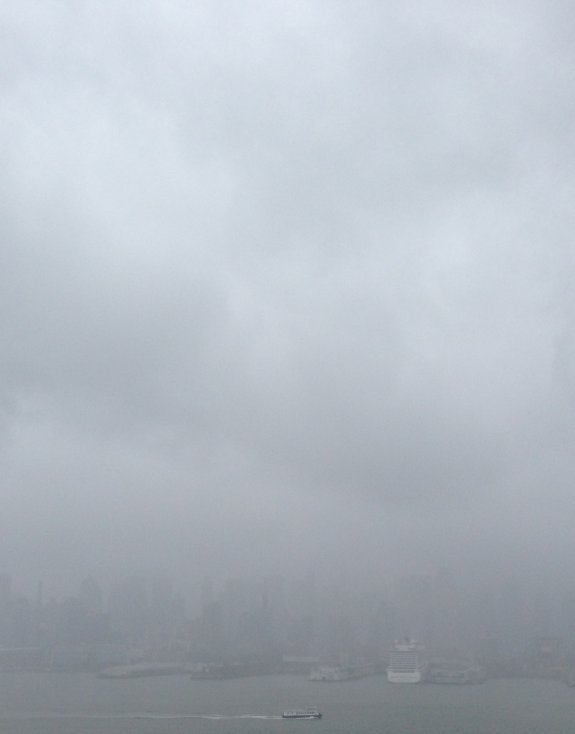





Robert Downey Jr. made a toddler cry because he wasn't the 'real' Iron Man.The actor - best known for playing the superhero and his billionaire alter ego Tony Stark - left 18-month-old superfan Jaxson Denno in floods of tears because he wasn't wearing his character's trademark red and gold suit in public.
Heather Denno, Jaxson's mother, was left to console her sobbing son, who was devastated to discover his favourite Marvel comics hero was a work of fiction.She told People magazine: 'He was fine as soon as he talked to him. [He] was so confused because I kept telling him it was Iron Man and he knew it wasn't. Well, not Iron Man in the suit.'





Rudy Shepherd’s latest work explores the nature of evil through the mediums of painting and sculpture. This exploration involves investigations into the lives of criminals and victims of crime. He explores the complexity of these stories and the grey areas between innocence and guilt in a series of paintings and drawings of both the criminals and the victims, making no visual distinctions between the two. By presenting the people first and the stories second a space is created for humanity to be reinstilled into the lives of people who have been reduced to mere headlines by the popular press.
Going along with these portraits is a series of sculptures called the Black Rock Negative Energy Absorbers. They are a group of sculptures meant to remove negative energy from people allowing them to respond to life with the more positive aspects of their personality. It is on one hand a response to living in New York City for the last seven years and witnessing the madness that take place on the subway system, and an approach to political art that hopes to push the dialogue started in the late 80’s/early 90’s forward into 2008 by looking at the problems of society in a more comprehensive way, incorporating the rhetoric of new age mythology, and ancient religions.
Keep reading via RudyShepherd.com





Baker told HuffPost Weird News that the family has been involved in the poultry show community for a long time (yes, there is such a thing as a poultry show community) but the little cluckers kept messing themselves up. So she made a diaper that fastens over the chicken's tail feathers and, with the help of a paper towel, keeps everything clean. Plus, it's machine washable.
"Everyone wanted to know where we got them -- and the orders started rolling in," Baker said. "I have a lot of customers that keep their chickens in the house full-time, and they love the diapers."
Her business, Pampered Poultry, also helps out humans. She pays employees at a women's sewing cooperative in Munoz, Dominican Republic to create the diapers, then picks the finished product up once every couple of months.
The chicken diaper colors -- including Ocean Blue, Parrot Green and Purple Rust -- are only available while supplies last. You can get one for $12.50 at pamperyourpoultry.com or check out Baker's chicken saddles and other attire.
Are you tired of your delicious meal pooping on your carpet? Do you want your chicken to be the cock of the town? Then get yourself a pair of chicken diapers. Julie Baker, a farmer in Claremont, N.H.,invented the poultry couture to keep the horrific mess of chicken excrement off your floors -- while your chicken stays in high fashion.









On the Nest website they have a guide tool. It walks you through the process of figuring out if you a/c is compatible with Nest. You can also email them pictures of your thermostat and they can figure it out for you.
Since the Nest is so nice, I wanted the wall to look perfect. When I removed the old thermostat I plastered, sanded and painted the wall (Home Depot color match paint is a lifesaver). It took hours to get the wall ready and was the longest and most annoying part. Installing the Nest took literally like 5 mins.





Inspired by JR’s large‐format street "pastings", INSIDE OUT gives everyone the opportunity to share their portrait and make a statement for what they stand for. It is a global platform for people to share their untold stories and transform messages of personal identity into works of public art.
Each INSIDE OUT group action around the world is documented, archived and exhibited online. Over 120,000 posters have been sent to more than 108 countries since March 2011.
The INSIDE OUT project has traveled from Ecuador to Nepal, from Mexico to Palestine, inspiring group actions on varied themes such as hope, diversity, gender-based violence, climate change... Discover the extent of the project through some selected actions.














